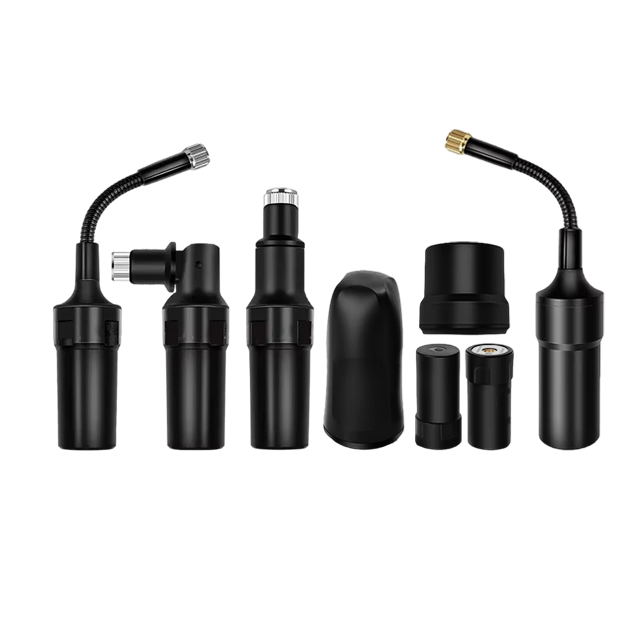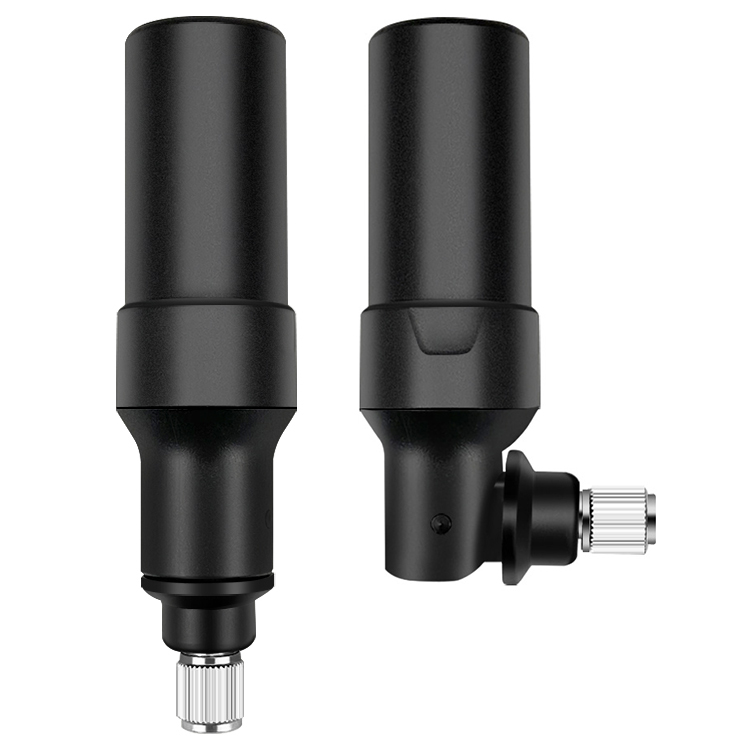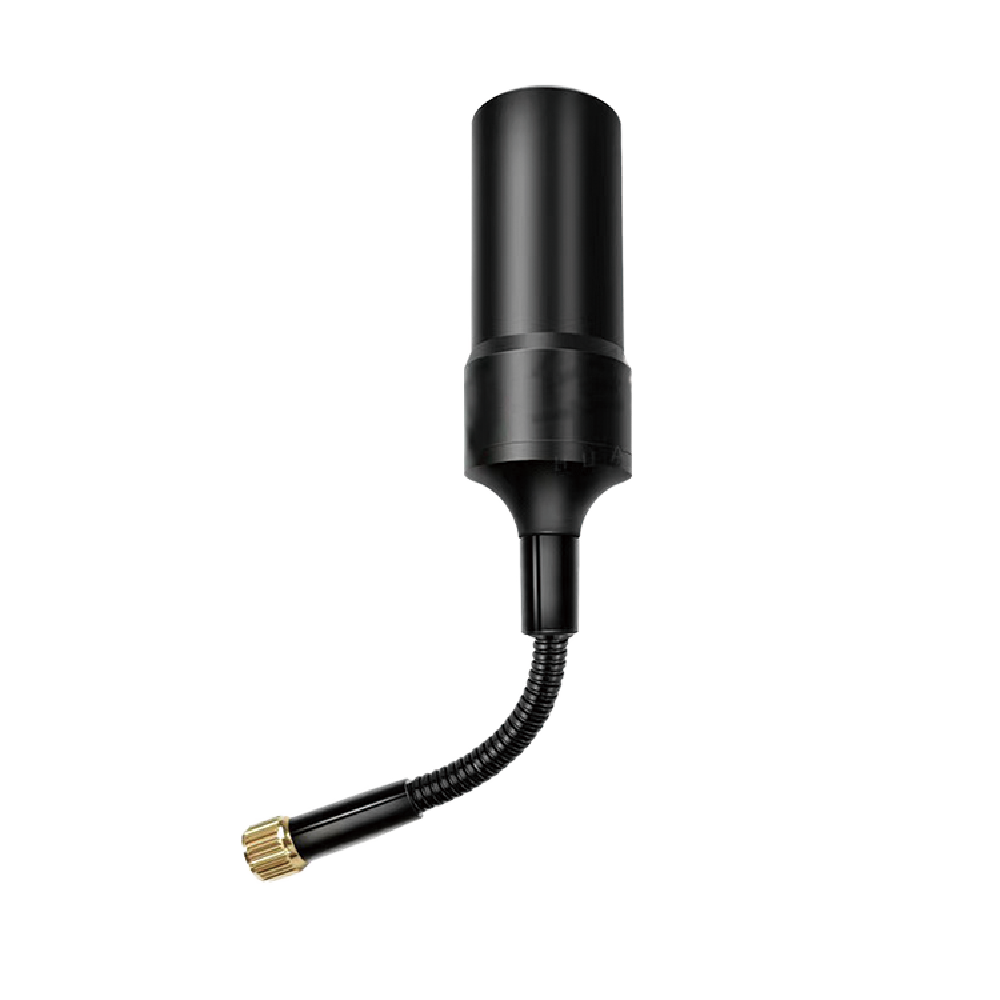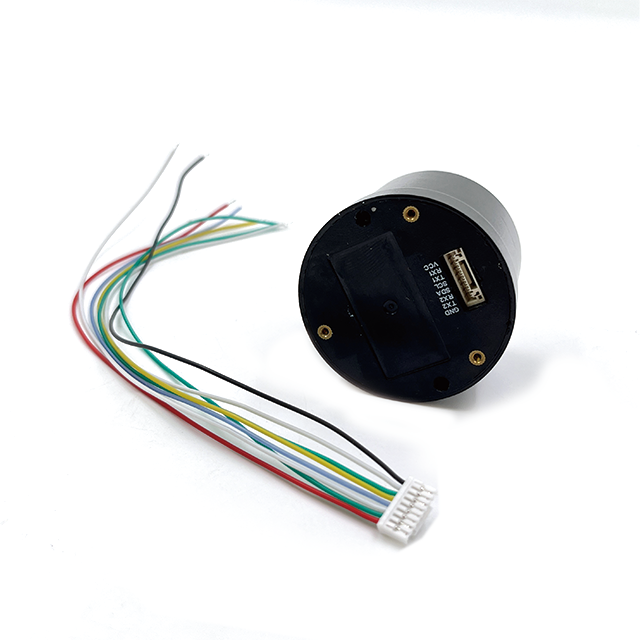Applications
High gain built - in GNSS RTK helical antennas find extensive applications across multiple industries. In the surveying and mapping industry, these antennas are used to create highly detailed and accurate topographic maps, cadastral maps, and 3D models. Surveyors can use devices equipped with these antennas to quickly and efficiently survey large areas of land, reducing the time and cost associated with traditional surveying methods. The high - precision positioning provided by the antennas ensures that the survey data is reliable, which is crucial for land development, construction, and urban planning projects.
In the agriculture sector, they play a vital role in precision farming. Drones equipped with these antennas can be used for crop monitoring, where they can accurately map the health and growth of crops. By precisely positioning the drone, farmers can apply fertilizers, pesticides, and water more efficiently, reducing waste and increasing crop yields. The antennas also enable variable - rate seeding, where the amount of seed sown can be adjusted based on the specific characteristics of the soil and terrain.
In the automotive industry, high gain built - in GNSS RTK helical antennas are used for advanced driver - assistance systems (ADAS) and autonomous driving. These antennas provide the accurate positioning information required for features such as lane - keeping assist, adaptive cruise control, and autonomous navigation. The reliability and precision of these antennas are essential for ensuring the safety and functionality of these advanced automotive systems.
Future Trends
Looking ahead, several future trends are expected to shape the development of high gain built - in GNSS RTK helical antennas. One trend is the further miniaturization of these antennas. With the advancement of technology, new materials and manufacturing techniques, such as nanotechnology and 3D printing, will be explored to reduce the size of the antennas without sacrificing performance. This miniaturization will enable the integration of these antennas into even smaller and more lightweight devices, expanding their range of applications.
The integration of artificial intelligence (AI) and machine learning (ML) algorithms with these antennas is an emerging trend. AI and ML can be used to optimize the performance of the antennas in real - time. These algorithms can analyze the received signals, detect changes in the signal environment, and adjust the antenna's operation parameters, such as gain, filtering, and interference mitigation, to adapt to different conditions. For example, AI can be used to predict and mitigate the effects of interference, improving the accuracy and reliability of the positioning system.
Advancements in communication technologies, such as 5G and the Internet of Things (IoT), will also impact the design and use of these antennas. The development of 5G and other high - speed, low - latency communication networks will enable faster and more reliable transmission of RTK correction data. This will improve the overall performance of the positioning system, allowing for even more accurate positioning. High gain built - in GNSS RTK helical antennas will need to be designed to take full advantage of these new communication technologies, enabling seamless integration with the host device's communication systems and other IoT devices.
There is also a growing trend towards the development of multi - functional antennas. Future high gain built - in GNSS RTK helical antennas may integrate additional functions, such as wireless communication capabilities, sensor integration, or energy harvesting. For instance, an antenna could be designed to not only receive GNSS signals but also act as a Wi - Fi or 5G antenna for data transmission, reducing the number of antennas required on the device and saving space. Sensor integration could enable the antenna to gather environmental data, such as temperature, humidity, or air pressure, which can be useful for various applications.
Conclusion
High gain built - in GNSS RTK helical antennas have emerged as a powerful solution for achieving precise positioning in a wide range of applications. Their unique combination of high - gain helical antenna design, RTK technology, and built - in integration offers exceptional accuracy, reliability, and convenience for device manufacturers and users alike.
However, challenges such as cost, size optimization, and interference management need to be addressed to further promote their widespread adoption. As technology continues to evolve, future trends such as miniaturization, the integration of AI and ML, advancements in communication technologies, and the development of multi - functional antennas offer great potential for enhancing the performance and capabilities of these antennas. By overcoming these challenges and embracing these trends, high gain built - in GNSS RTK helical antennas will continue to play a crucial role in enabling accurate and reliable positioning across various industries, driving innovation and efficiency in the digital age.




































































 Language
Language
 En
En Cn
Cn Korean
Korean

 Home >
Home > 








 18665803017 (Macro)
18665803017 (Macro)













